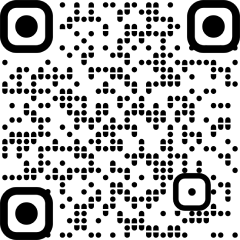
Pune: City hospitals on Tuesday had 111 patients with Guillain-Barré Syndrome, a state health bulletin said, indicating no increases after more than 20 cases were added over the weekend.
The number of patients on ventilator support also dipped to 13, from the 16 recorded on Jan 26.
Most of the cases (66) are still from the newly merged areas of Pune city. At least 20 are from neighbouring Pimpri Chinchwad which is a separate municipal area. Eight patients from nearby districts are also admitted in Pune’s hospitals.
Of the 111 GBS patients, 21 are below 9 years of age. And at least 56 are in the 20-50 age group.
The state health department has now instructed Pune Municipal Corporation and rural authorities to increase surveillance activity. Of the 57 stool samples that were sent to the National Institute of Virology (NIV), 17 have tested positive for norovirus and five for Campylobacter Jejuni, which can cause severe GBS.
A total of 76 blood samples were also sent to NIV which ruled out Zika, dengue and chikungunya in them – all infections that have triggered GBS in people.
On Tuesday, a special central team arrived in Pune to review the GBS surge. The team met the state epidemiology department’s joint director Dr Babita Kamalapurkar, dean of Sassoon Hospital Dr. Eknath Pawar and PMC’s health chief, Dr Neena Borade.
The team held marathon meetings on Tuesday to learn more about the condition of patients. From local officials, the seven-member group sought details on response and cost of GBS treatment. The group includes experts from National Center for Disease Control and Bengaluru’s Nimhans, which specializes in neurosciences. On Wednesday, this team is set to tour GBS-hit areas of Pune, to inspect water supply. Water contamination is being investigated as one of the possible reasons for the GBS surge.
A state-level Rapid Response Team (RRT) also held a meeting on Tuesday, after visiting affected areas.
A member of the RRT said: “The primary goal of the meeting was to ‘define’ what is a GBS case. This will ensure a standardized definition to differentiate between a suspected case and a confirmed one. The classic test to confirm a GBS case is the nerve conduction test and inspection of cerebrospinal fluid (CSF). In 1916, when Guillain, Barré and Strohl first documented a GBS case, they found that the patient’s CSF contained proteins but no white blood cells, which was rare. This was remarkable as generally when proteins are high, cells are also seen in high numbers. This is now a classic test to determine GBS.”






